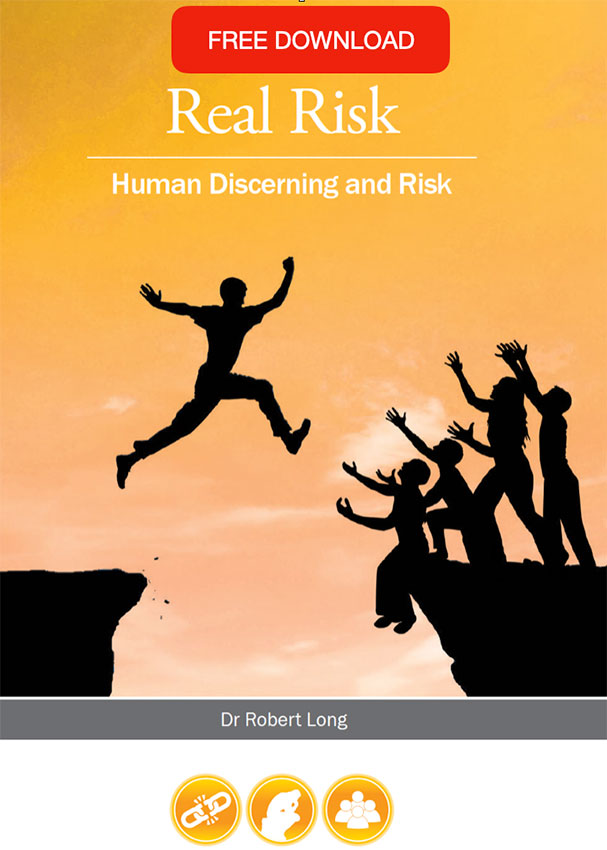
Real Risk
26 August 2018
The Social Psychology of Risk Handbook
21 August 2019What the book is about
In a perfect world things don’t go bump and wheels don’t fall off, humans don’t make mistakes and people don’t suffer – but we don’t live in a perfect world. No amount of denial of human fallibility makes it so. We have hospitals, morgues and cemeteries that remind us that human life is not only finite but that suffering and risk test your attitude to learning. In the midst of human reality there are proponents claiming that ‘all accidents are preventable’ and advocating ‘zero harm’. Some organisations even reward employees for meeting ‘zero’ goals and thereby ‘prime’ workers to hide, deny and under-report harm.
This book is an extension of the previous book Risk Makes Sense: Human Judgement and Risk. There is no sense in total risk aversion or risk elimination. There is no learning without risk. The absolute of ‘zero’ is actually not possible. There is no nothing. This is despite the fact that the word ‘zero’ dominates our culture, giving its name to everything from drinks, motorbikes and shops. There is no void and any effort to try and measure zero is affected by the efforts to measure it. Scientists can’t get to absolute zero (Zero Kelvin -273.15 degrees). Yet there are many organisations and CEOs who set ‘zero’ goals for their organisations in the management of risk.
What do perfectionist goals do to humans? Do perfectionist goals motivate humans to learn? Do perfectionist goals set people up to fail? Why are absolute goals for perfection absent from all walks of life except mining and construction companies? Why do academics, teachers and sport coaches know that absolutes and perfection are de-motivating yet these organisations don’t? Why do psychologists associate perfectionism with mental health disorders yet some CEOs see perfectionism as healthy? Are such perfectionist goals applicable for themselves or only for others?
Much of the quest for zero is based on binary opposition thinking. This is black and white fundamentalist thinking. Binary opposition thinking can only imagine two options: if it’s not white, it must be black. You are either a good citizen or a terrorist. There are no ‘50 shades of grey’ in the ‘zero’ mind-set. One either sets a goal for harm or one must only have goals for ‘zero’. Such simplistic thinking is endorsed by language of entrapment to prove its own assumption. There are more sophisticated ways of thinking and speaking that make better sense of the real world and enable motivation and learning.
This is a book for the fallible, the human and those committed to learning.
(168 pages, 39 illustrations)


